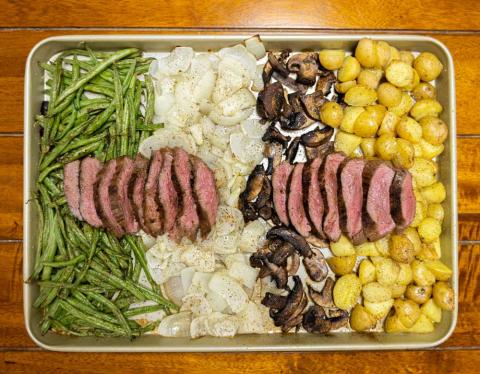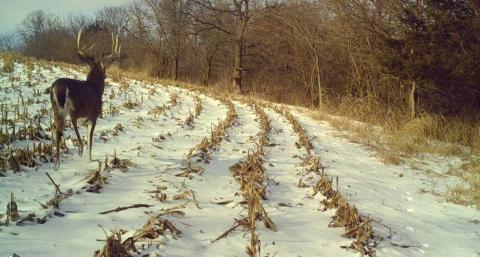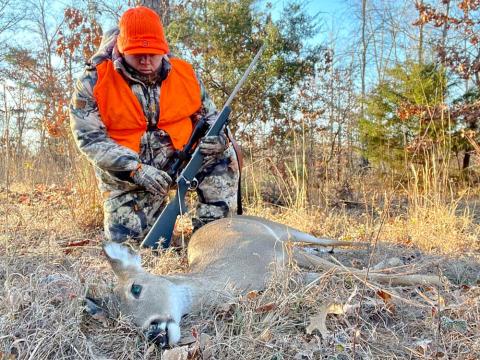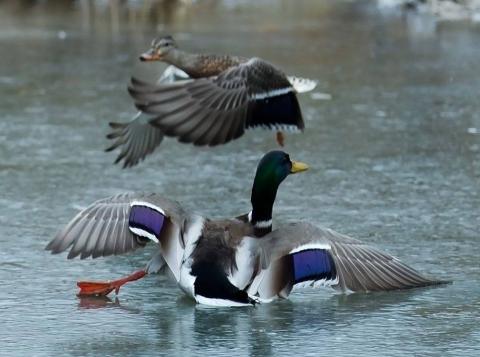Phillip Gentry
Black Bear Hunting 101

Black bear hunting seasons vary by state. Interestingly, six states in the United States hold spring black bear seasons, but a whopping thirty-four states have fall hunting seasons. While opinions vary, many hunters consider black bear hunting to be the ultimate big game species, at least as far as hunting in the lower 48 states is concerned.
Fall black bear hunting often competes with deer and elk hunting which can be a bonus to the traveling hunting for the opportunity to hunt both black bear and deer, elk, moose, etc on the same trip. Hunting and finding black bear is no small chore. Black bear are secretive animals and a lot smarter than many hunters give them credit.
Hunting tactics can be broken down into several schools of thought. Spot and stalk hunting is popular in the West and Alaskan territories while still hunting and bait hunting, where legal is more popular in the East. Hunting bears with hounds is an age-old tradition in bear hunting and is legal in 17 states.
The terrain for black bear hunting is a varied as the tactics used in hunting them. Compared to a whitetail or mule deer, the home range of a black bear is huge. Bears often travel as much as 20 – 25 miles in a week-end so patterning bears is more about patterning food sources and preferred terrain than pinning your hopes on a single animal like you would do while deer hunting.
Spot-and-Stalk Bear Hunting
Areas with contour relief and relatively open ground are better suited for spot-and stalk bear hunting. The hunter finds a perch on the edge of a large canyon over-looking several hillsides from one vantage points and may spend hours glassing the area looking for bears on the move. Once a bear is spotted, it’s then up to the hunter to try to calculate wind direction and accessibility to plot an intercept course with the animal.
Still Hunting Bears
Still hunting bears may be a little more familiar. Still hunting may take place on flat lands where it’s not possible to get a higher vantage point to spot bear or it may be utilized in mountainous areas with little or no open ground to allow the hunter to see what’s going on below or abroad.
With either tactic, food sources are a major influencer in bear travel. With winter approaching bears instinctually feel a need to feed heavily on the highest nutritional food sources to help them pack on fat that will see them through the winter. Bears are omnivores that will eat just about anything but in the fall, the majority of their diet is plant-based on at the top of that list, if not number one is hard mast foods such as acorns, beechnuts, black walnuts, hickory nuts, and pine nuts. If soft mass berries are still available during the bear season, these will also be high on the list. In agricultural areas, black bear will also gorge on corn, beans, and assorted grasses such as alfalfa, clover, rye grass, and wheat.
Rather than trying to guess what bears might eat, hunters who intend to still hunt bears need to spend ample time on the ground looking for both potential food sources and signs that bears are eating those foods. In other words, you’re looking for bear scat. Black bears have a rather inefficient digestive system when it comes to consuming plants. Because of this, much of what they’ve eaten will be passed through their systems relatively intact, making it easier to identify in their scat. Another bonus is that black bear tend to hone in on one food source and consume it until it’s gone. Hopefully, you can find the bear before he transitions to the next item on the menu.
Setting Up for Black Bears
The better stand sites for still hunting black bear will capitalize on both food and water sources. For this reason many stand sites will be int eh lower elevation canyons and bottoms where creeks flow through rock crevices or pool in small collection points.
Place elevated stands where the hunter has the advantage of both wind direction and thermal currents that can draft up or down in a bottom area. Prior to hanging a stand, the hunter will need to have spent numerous hours pouring over topographical maps to not just determine stand locations but the best ways to approach the stand site to keep wandering bears from being alerted to your presence. It then goes without saying that these areas should be visited in person before the season to confirm what you’ve found from both topo maps and satellite imagery.
To that endeavor, some hunters rely heavily on game cameras to surveil a likely area without continually needing to get in there on foot and possibly bump bears.
Successfully patterning, stalking and killing a mature black bear is no small feat. Persona; success is more aptly measured in bear sightings, with the allowance for those rare times when it all comes together and a harvest is made.






























